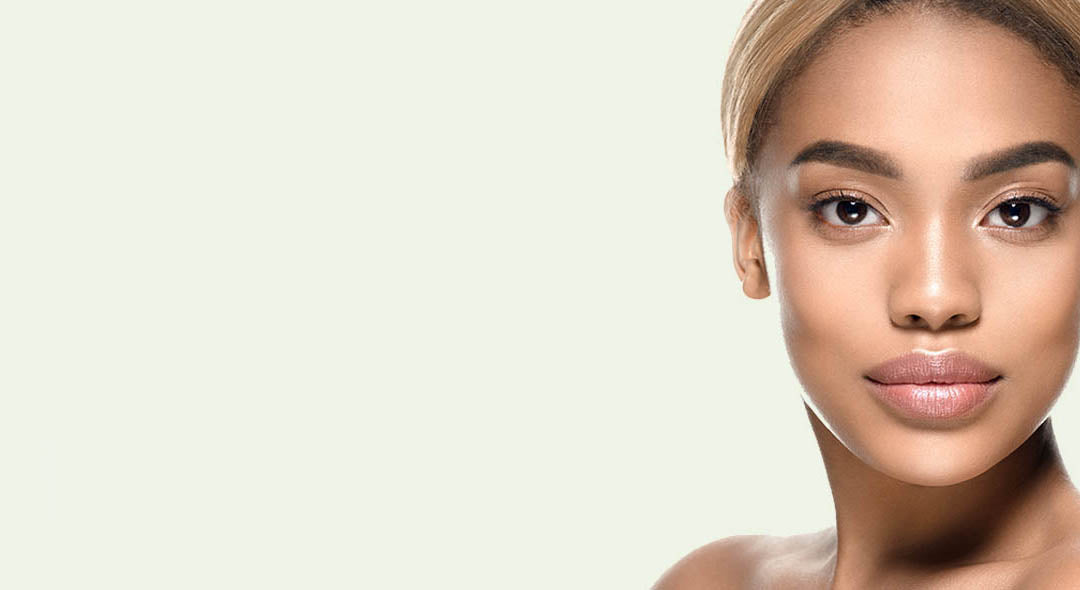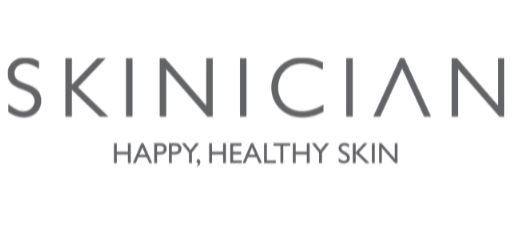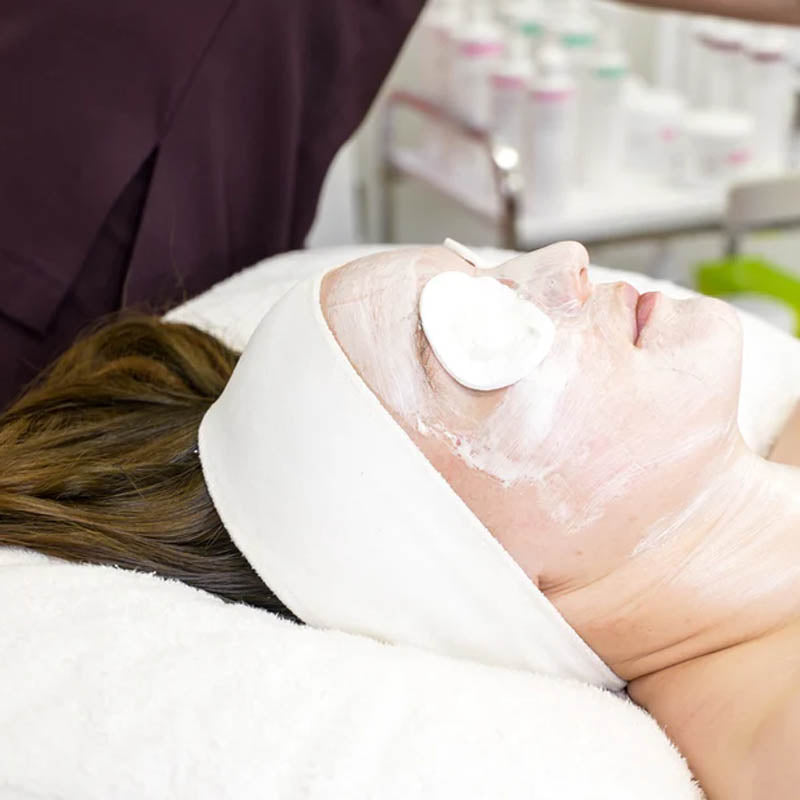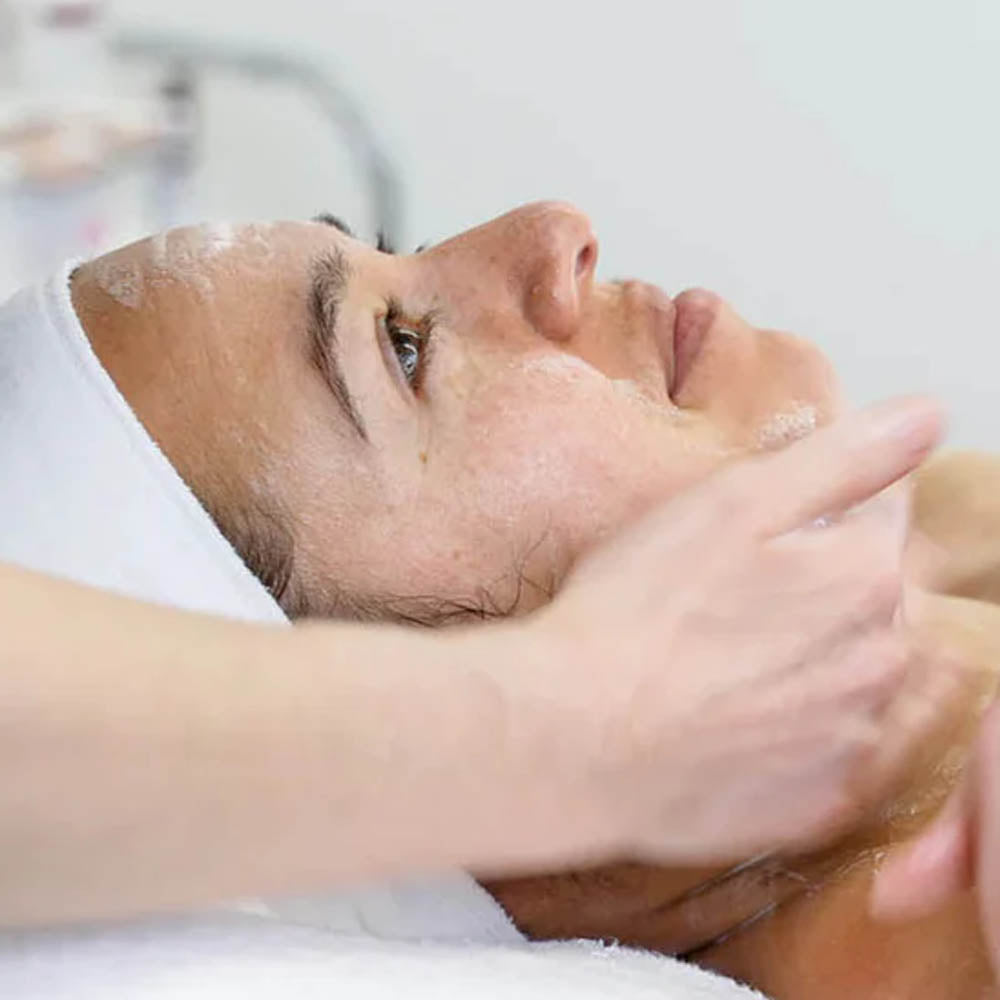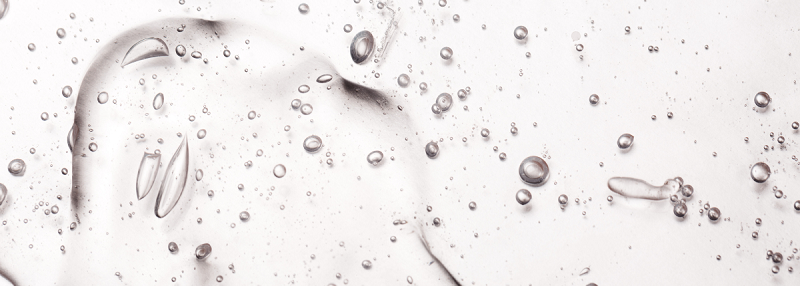
Lactic Acid Benefits For Skin
Lactic Acid for Skin
What Is Lactic Acid?
Lactic Acid is a popular treatment in the skincare arena and is derived from lactose (a carbohydrate found in milk.) However, most forms of Lactic Acid used in skincare today are synthetically made and are therefore vegan friendly.
Similar to Mandelic Acid and Glycolic Acid, Lactic Acid in skincare is classified as an AHA (alpha-hydroxy-acid). AHA’s in skincare stimulate collagen production, reduce pigmentation, soften and remove old, dead skin cells. Lactic Acid in particular also intensely hydrates the skin.
Lactic Acid can be used by more sensitive skins and is known to be less aggressive than other AHA’s as it is a larger molecule and cannot penetrate the skin as deeply as the others or BHA’s.
A powerful ingredient for those with dry, dull skin, Lactic Acid resurfaces and normalises skin cell behaviour. This strengthens the skin’s barrier by encouraging it to make more ceramides which are critical for healthy skin.
Lactic acid skincare products are available over the counter and in professional peeling treatments.
Skin Benefits of Lactic Acid
Exfoliates
Lactic Acid is active on the top layers of the skin and gently but effectively breaks down old skin cells. This reveals brighter, smoother skin which in turn helps with pigmentation, age spots and any rough or dry skin.
Hydrates
Lactic Acid acts as a humectant to attract water into the skin. This helps to plump fine lines and improve the appearance of the skin whilst also keeping skin healthy.
Reduces pores
Lactic Acid helps to unblock and cleanse pores for those suffering from breakouts or acne.

Example product title
-
Example product title
Regular price £19.99Regular priceUnit price / per -
Example product title
Regular price £19.99Regular priceUnit price / per -
Example product title
Regular price £19.99Regular priceUnit price / per
Why We Use Lactic Acid
“We choose to incorporate Lactic Acid within our professional peeling products as it is fantastic for breaking down skin cells and revealing brighter skin from the outside in. Teamed with other AHA’s and BHA’s, Lactic Acid can be relied upon to exfoliate and unblock congestion, while hydrating upper layers of skin. The fact that it also helps to build and strengthen skin is a bonus for us”
- Shelley Martin, Co-Founder & New Product Development Lead
Lactic Acid Skincare Products
Advanced Glycolic Peel Plus
Formulated with 10% Lactic Acid, this treatment is ideal for those new to facial peeling treatments and is where we recommend you start your peeling journey. This treatment benefits from Lactic Acid alongside fruit AHA’s, Glycolic Acid, and Salicylic acid and will resurface the skin for increased hydration and a brighter complexion with fine lines reduced.
Ageless AHA Lactic Acid Peel - Formulated with 28.5% Lactic Acid, this is our strongest facial peel treatment and is a combination of AHA’s & BHA’s. This corrective treatment not only targets and treats the visible signs of ageing, but the active ingredients such as Retinol, Encapsulated vitamin C and allantoin have also been proven to REVERSE it! This treatment is perfect for anyone that experiences lines and wrinkles, pigmentation, dull skin or for someone with mild acne scarring.
Although referred to as a peel - there is no downtime with SKINICIAN resurfacing treatments
*Always remember to use SPF when using AHA’s in a skincare routine as your skin could be more sensitive to environmental aggressors.
Who Lactic Acid Is Best For
Ageing skin, pigmentation, dull or dehydrated skin and those with more visible lines and wrinkles or open pores. As the gentlest form of AHA, Lactic Acid can be used by all. Those with sensitive skin should slowly introduce Lactic Acid into their routine to ensure the skin can tolerate the ingredient.
Things To Consider Before Using Lactic Acid
It is advisable to do a patch test if your skin is highly reactive or sensitive, if no inflammation or irritation (redness, itching or noticeable peeling) occurs, it should be safe to use the product. It is not advisable to use too many AHA’s, BHA’s or retinoids together in a skincare routine as it may damage the skin's barrier.
Lactic Acid at lower levels of 1-4% can be used daily e.g. toners or serums.
Professional peels carried out by a trained facialist or skincare professional are likely to have medium levels of 10-30%. Higher levels of Lactic Acid in a treatment would need to be carried out with a registered dermatologist.
SPF must be used daily when using lactic acid in your skincare routine.
Before And After Using SKINICIAN Lactic Acid Products
Take a look at some of our real before and afters taken by customers following their professional Lactic resurfacing treatment
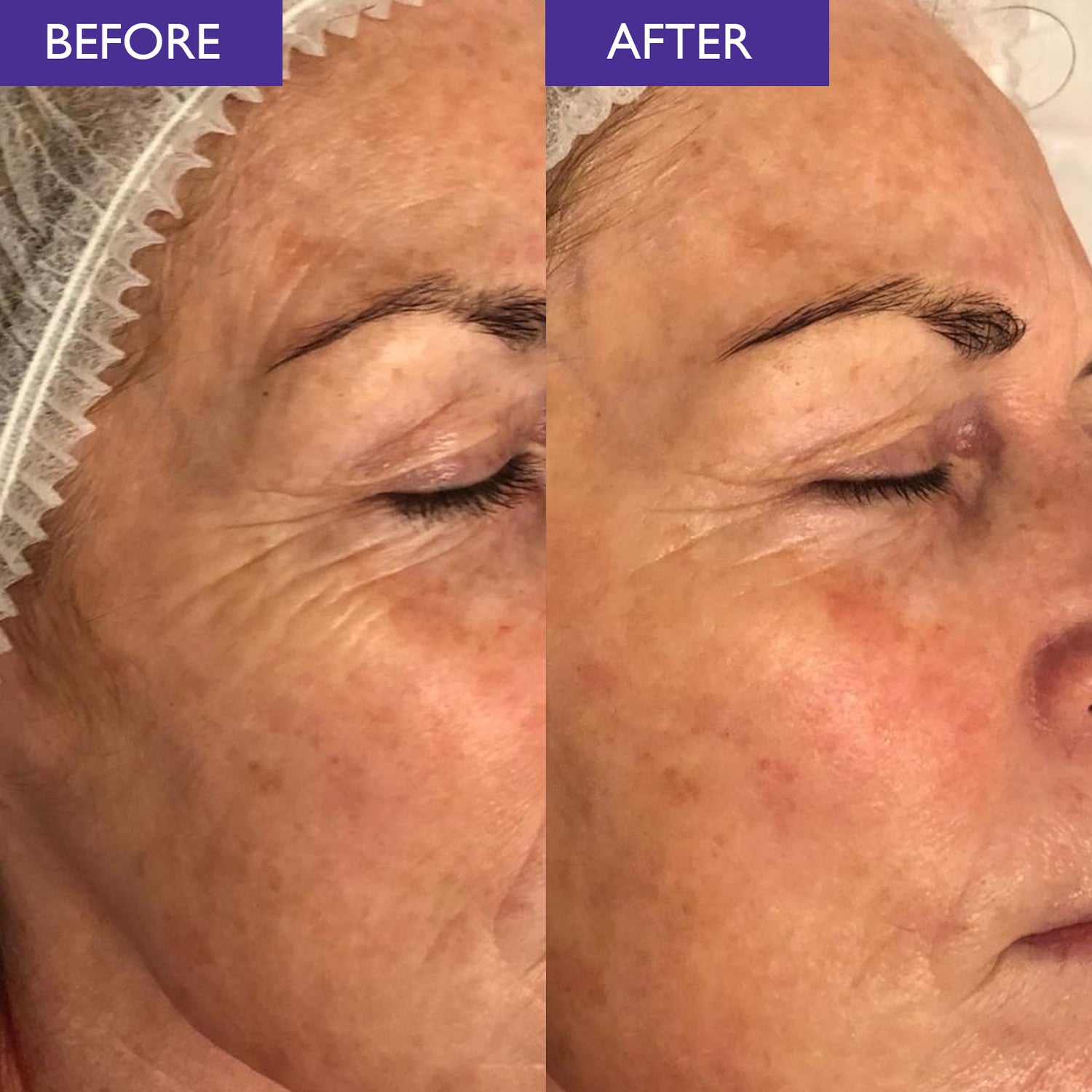
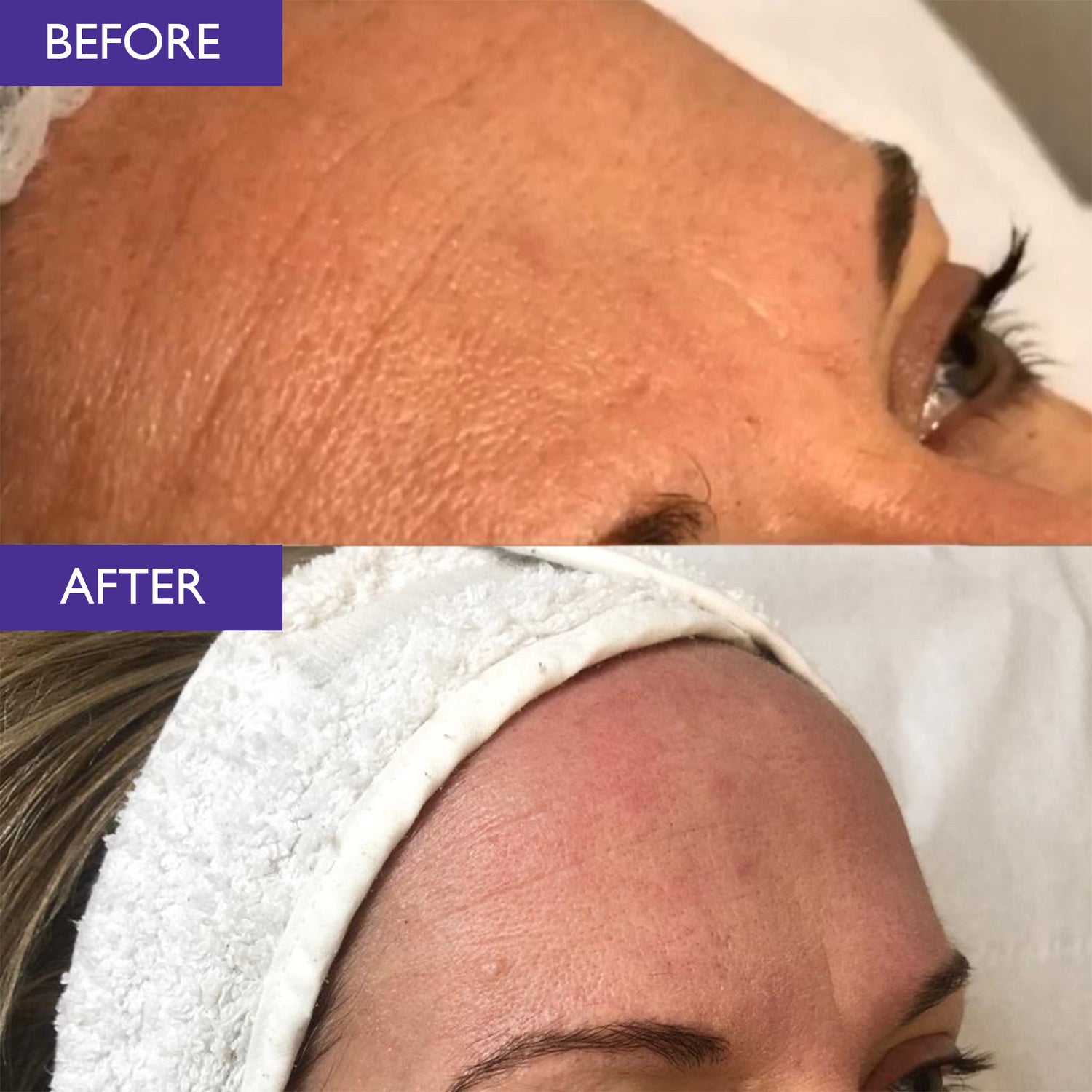
Learn More About SKINICIAN Professional Treatments
-
What To Expect When Getting a Professional SKINICIAN Peel
Read MoreFind out what to expect from a SKINICIAN treatment plus some answers to commonly asked questions
-
Q + A | Your Salon Facial Peel Questions Answered
Read MoreWith the help of our SKINICIAN educator, we’re answering all your most-asked questions on facial peels
-
Signature Treatments: Lactic & Glycolic
Read MoreWe recommend pairing your homecare routine with a signature SKINICIAN treatment from one of our salons.
